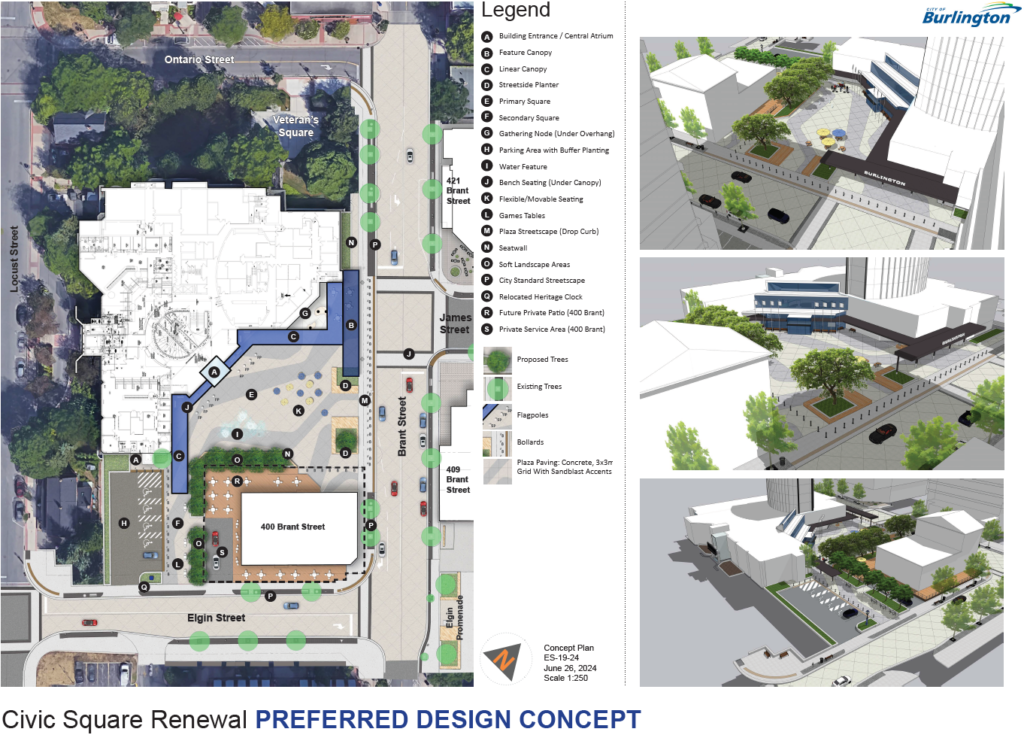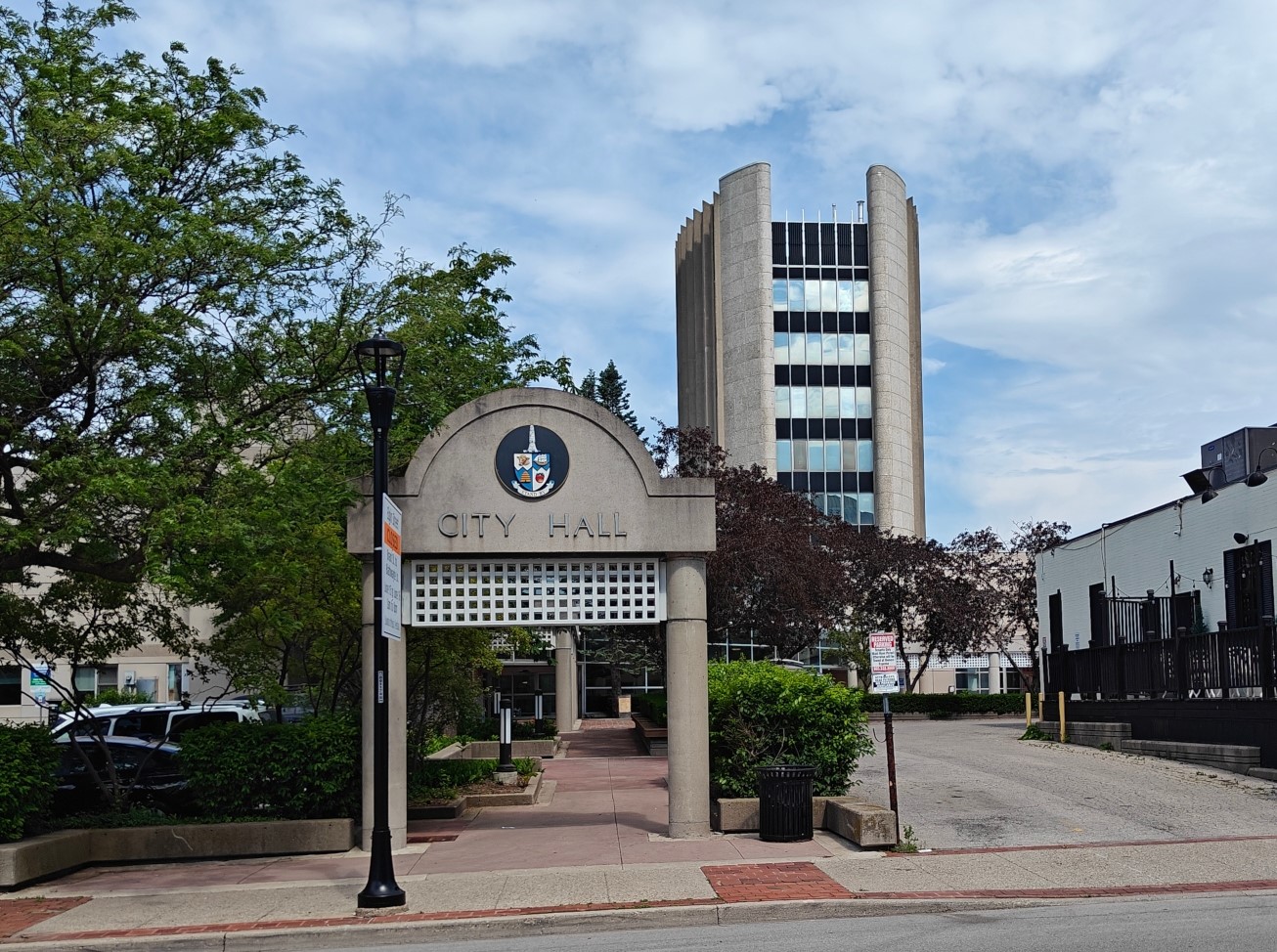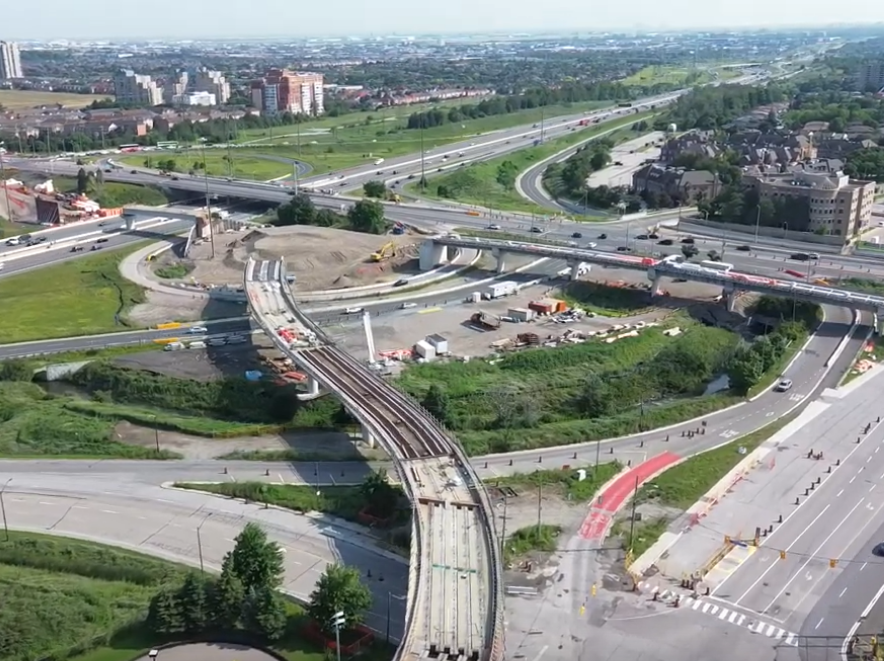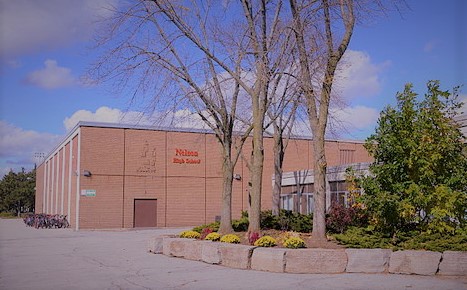Analysis/Opinion.
Next week’s Committee of the Whole (COW) is, unlike last month, a lot of little things. Perhaps some housekeeping before the August recess in council meetings.
Note: due to a recently announced re-organization of departments and job titles, some of the names seen below will be changed in future staff reports (just to keep you guessing about who does what).
For example, due to pressure from council members, some of the responsibilities that used to be under the power of the city manager and were picked up by the mayor are now back in the hands of the city manager (now called the chief administrative officer).
If you ever wondered what the effect of Strong Mayor Powers was on decisions taken by our mayor, a Quarterly Mayoral Decisions report (available on the city’s website and mandated by the province) outlines all 28 actions taken since July 11, 2023.
Item 6.3 in the “Consent Items” list is the Financial Status Report as of March 31, 2024. Of note is the fact that the city has an estimated $114.4 million in total principal debt outstanding, which is expected to rise to $151.7 million by year-end. It’s not unusual for municipal governments to use debt to pay for various expenditures due to the timing of events and contracts.
The good news is that the city expects to earn $2.6 million in interest on the $418.8 million invested in banking, short- and long-term investments (there’s a chart in the report explaining where the finance department puts the city’s money).
The bad news, perhaps, is that the consolidated stabilization reserves and reserve funds ($21.4 million) are still below the city’s own target range of 10–15% of revenues.
The Update to the Corporate Energy and Emissions Management Plan, as posted on the city’s website and required by the province, shows that the corporate energy use (buildings, fleet, outdoor lighting, and EV chargers) is stubbornly unchanged from 2018 levels (pre-climate emergency declaration). The main culprit is an increase in facilities and the heavy use of natural gas in buildings.
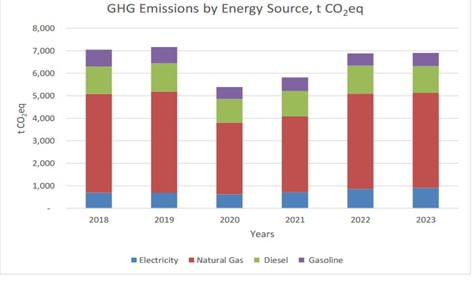
The Arts and Culture department is asking council for $150,000 to hire a consultant to lead the Arts and Culture Strategy that was approved earlier this year.
The Roads, Parks, and Forestry Department is asking for a one-time funding of $25,000 to cover a pilot program to reward homeowners that protect “significant trees.” “Protect” as in not cutting them down, and keeping them healthy.
The report states, “A frequent comment that has been received by staff is the high cost associated with maintaining significant trees. Oftentimes, residents are more willing to pay a higher one-time fee to remove a significant tree, rather than pay a lower fee multiple times to maintain the tree through regular maintenance.”
Significant trees are defined as any tree with a diameter at breast height of 75 cm or greater.
So the thought is to pay homeowners up to $1,000, over ten years, to maintain significant trees on their property. Results of the pilot program will come back in 2026.
Below is an interesting chart showing “significant tree applications” (removals) since the private tree by-law was enacted. Interesting because it would appear that the director of the department and staff don’t always agree on what can be cut down. There also seems to be a spike in applications in 2023 before newer, tougher regulations were adopted.
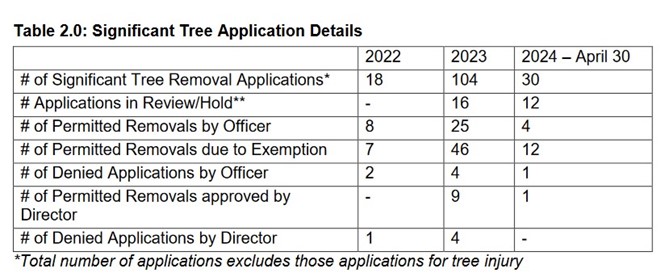
In June, council approved a Community Planning Permit System (CPP) bylaw that removed the requirement for developers to include three-bedroom units in residential buildings within Major Transit Station Areas (MTSA).
This was designed to spur more construction within MTSAs.
However, backlash from the public has prompted the city to find a solution to the lack of family-friendly units in new builds.
Staff may have found a workaround by using some of the federal government’s $21 million Housing Accelerator Fund to “incentivize” developers to include more three-bedroom units.
But first, the city needs to hire a consultant “to develop a housing-focused Community Improvement Plan (Housing CIP) Study for the City of Burlington, including public and stakeholder engagement on the resulting Draft CIP and the preparation of the implementing By-law.”
No word on when the consultant’s report (to cost in the $150,00 to $200,000 range) will come back to council.
The final item in the consent items agenda (usually received and filed) is regarding the still unfinished Official Plan of 2020.
Staff call this chapter “Targeted Realignment Exercise” and it involves plans to implement the “Bronte Creek Meadows Area-Specific Planning Project Engagement Plan.”
Never heard of Bronte Creek Meadows? Appendix C in the package is a 10-page draft document (with no assignment to who authored it or where it came from — staff? The developer?) on the engagement plan for that particular Area-Specific Plan.
The only two other Area-Specific Plans that have come before council involve the Alinea Land Corporation’s preliminary thoughts for 1200 King Road (50 acres), and the development at Appleby Line and Fairview Street (51 acres).
Bronte Creek Meadows is said to dwarf both of those projects (328 acres) at Upper Middle and Burloak Drive (it comprises 5164, 5366, 5470, 5900 Upper Middle Road, and 5201 Mainway). Keep your eye on this one.
Other items at COW include sending six delegates (including the mayor) at $3,000 each to Itabashi, Japan, in October as part of the continuing twinning of the two cities.
And: a report from Burlington Hydro (Burlington Enterprises Corporation) on how the organization will prepare its distribution system and operations for the future, identify new infrastructure needs, adopt climate adaptation measures to improve resilience, and support community climate action.
And: a report from engineering services on the “final preferred concept design” of the City Hall Civic Square renewal. Following “extensive” engagement and feedback from the community, the result is an adaptation of Concept 2 — Atrium with modifications.
The report, ES-19-24, states, “The preferred concept design includes key features such as a consolidated vestibule entry, focal point canopies with branding at Brant Street/James Street and Elgin Street, continuous canopies along the building facade, transitions to adjacent properties and streets, a variety of seating elements, inclusion of flag poles adjacent to the building entrance, an in-ground water feature with water jets, and waves themed patterning in paved surfaces.”
A reminder, if you wish to delegate to COW on any of these items, you must contact the clerk’s department before noon, July 5.
